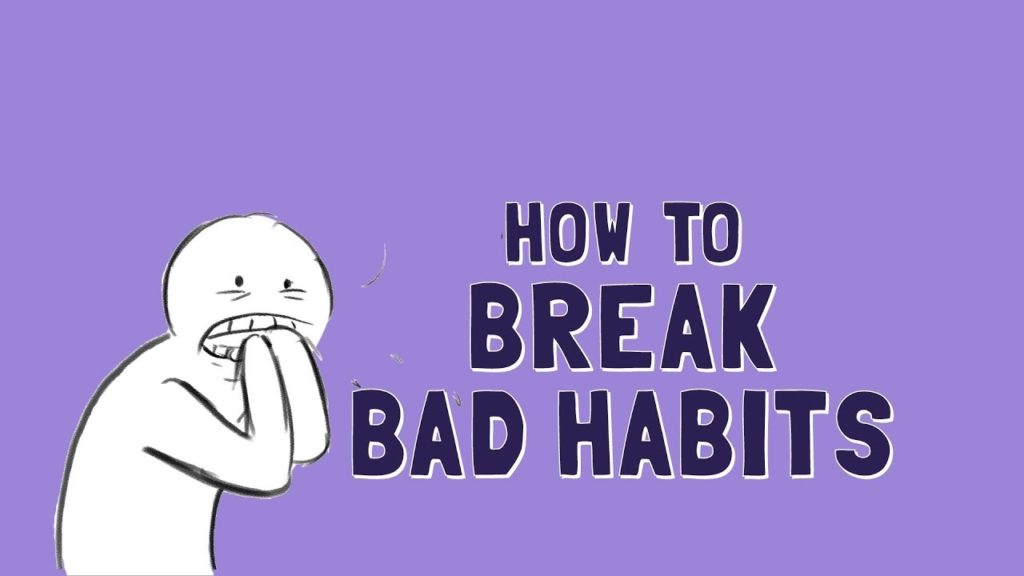Believe it or not, a variety of patterns that occur inside your mind can deplete your energy and/or increase your risk of becoming depressed or anxious. I’m not just talking about the superwoman syndrome, whereby some women feel like they have to take care of everything and everyone themselves and push themselves to go above and beyond the call of duty.
There are also other sneaky and insidious emotional habits that damage your well-being and vitality—and women are especially vulnerable due to our work-family juggling acts and our natural thinking patterns. Breaking your bad emotional habits is a key to success in life.
Fortunately, you can learn to come to your own emotional rescue. The first step is to identify the habit and then take steps to change it. Here’s how:
The Habit: Being a Perfectionist
THE SIGNS AND RISKS:
You hold yourself to incredibly high standards and feel as if you’ve failed if you don’t meet them. Overall, you feel as though nothing you do is quite good enough. The trouble is, being a perfectionist is like having a slave driver on your shoulder, one who constantly pushes and criticizes you, thereby draining your vigor. Moreover, a recent study from Curtin University in Perth, Australia, found significant associations between certain aspects of perfectionism (such as concern over mistakes and doubts about one’s actions) and pathological worry and generalized anxiety disorder (GAD).
THE REMEDY:
Strive for excellence, not perfection. Make sure your standards and goals are realistic and attainable. Ask yourself: Am I holding myself to standards that I would never ask a friend to meet? Then set priorities and consider what’s worth doing your absolute best on and what you can do a “good enough” job on. It helps to focus more on the experience of what you’re doing rather than the outcome.
The Habit: Putting Yourself on Guilt Trips
THE SIGNS AND RISKS:
You often make yourself feel bad about the choices you’ve made. You frequently second-guess your actions. Or you find yourself doing things you don’t want to do just to avoid feeling guilty. Unfortunately, putting yourself on frequent guilt trips lowers your self-esteem and/or makes you feel depressed, sapping your energy in the process. What’s more, a recent study from the University of Illinois at Urbana-Champaign found that a propensity for feeling guilt and shame plays a role in worry and GAD.
THE REMEDY:
Question your guilt. When guilty feelings creep in, ask yourself: Is this a rational, logical thought? What evidence is there to support what I’m saying to myself? If there’s no basis for the guilt, it’s likely to dissipate on its own. If there is a basis, consider what your guilt is trying to tell you. If you’ve done something wrong or out of sync with your values, try to amend the situation by apologizing or changing your behavior.
The Habit: Squelching Your Feelings
THE SIGNS AND RISKS:
You tend to go along with other people’s ideas, just to ensure that everyone gets along. You keep angry feelings to yourself because you’re afraid of stirring up trouble in your relationships at home or work. And you’re afraid of how people will view you if you express anger, frustration, or disappointment. This self-silencing habit can leave you feeling powerless, hopeless, and ultimately depressed. It also may put your health at risk: A recent study from the United Kingdom found that people with chronic fatigue syndrome and anorexia nervosa had higher levels of maladaptive beliefs about expressing their emotions to others.
THE REMEDY:
Get in touch with your feelings and try to unearth buried ones by keeping a journal. Each day, spend a few minutes writing down your thoughts about various aspects of your life, particularly situations that upset you or leave you uneasy. Start telling people how you feel, using gentle statements (such as “I feel . . .”) rather than accusatory ones; explain how the facts behind a situation affected you and then ask for a specific change you want to have happened.
The Habit: Being a People Pleaser
THE SIGNS AND RISKS:
You find it hard to turn down requests from others, even when you don’t have the time or desire to take them on. You often find yourself seeking praise or approval in work or social settings. And you generally squirm in the face of conflict because you’re afraid of how you’re going to come across to others. Keep this up and you could lose self-esteem, which increases your risk of becoming depressed and/or exhausted. Indeed, a 2000 study from the College of William and Mary in Williamsburg, Virginia, found that depressed students scored higher on measures of self-criticism and the need to please others.
THE REMEDY:
Challenge your motives. Before you agree to do someone a favor that you really don’t have time for, ask yourself why you’d be doing it. If your reason is just to avoid disappointing someone else or to gain their favor and it’s at your own expense, think twice about saying yes. Also, recognize the benefit you get out of trying to please others—perhaps it helps you feel needed and important—and look for other ways to get those perks.
The Habit: Ruminating about Your Problems
THE SIGNS AND RISKS:
You often mull over upsetting events in your mind as you examine all the facets. As you review the same thoughts and ideas in a cyclical way, you end up spinning your mental wheels, which can make you feel overwhelmed by your problems. Indeed, research suggests that rumination leads people to think about situations with increasing negativity, sending you into a downward spiral of depression and anxiety. In a recent study, researchers from Belgium found that increases in depressive symptoms over the course of a week could be predicted by how much the study subjects ruminated.
THE REMEDY:
<
p class=”borde”>Recognize that you’re ruminating, then distract yourself when the habit kicks in. Redirect your attention to an absorbing or engaging activity (such as exercise or an enjoyable hobby), then set problem-solving hours for later, when you can come back to the situation with a fresh perspective. When the designated time arrives, brainstorm solutions by writing down what you think the essential issue is and how it needs to be changed, then generate ideas for what you can do to move toward that goal.

